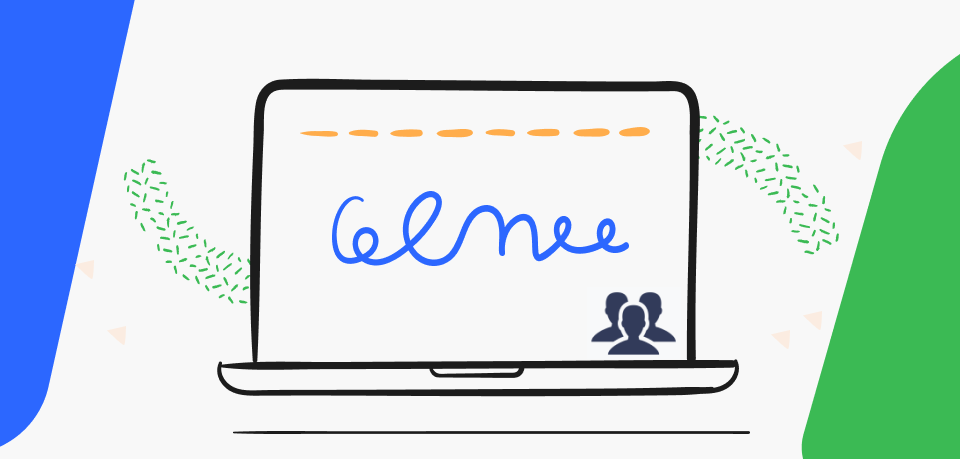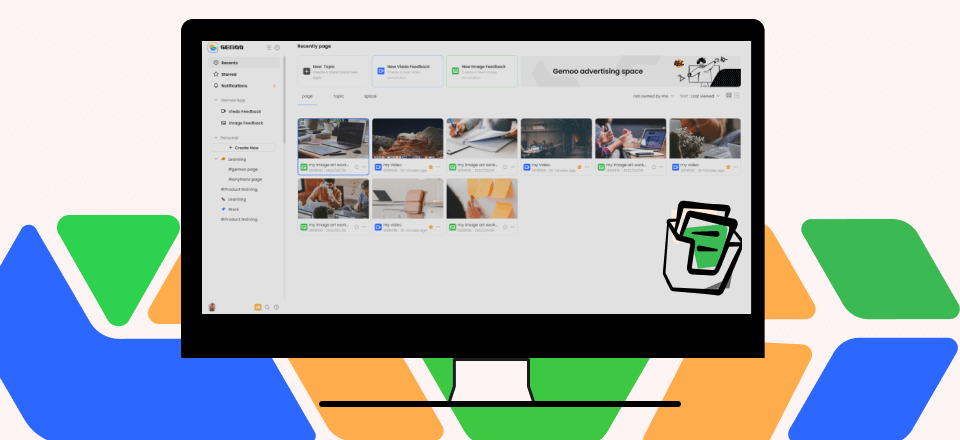We hear people talk about good UX and bad UX almost every day in the tech design industry, but what does this mean? Well, generally, UX determines how users interact with a product or service, from their first impression to their overall satisfaction.
While many companies rely on UX to create products and services that are functional and user-friendly, it has also become an important aspect of our daily life, facilitating how we interact with technology.
In today’s post, we’ll tell you what UX stands for and explore all you need to know about it. Just keep reading.
Also read: Top 15 UX Influencers to Follow for 2023 >
Table of Contents: hide
What is UX?
Typically, UX means user experience. It covers every aspect of users’ interaction with a product or service and determines the quality of experience they get.
UX can be related to different aspects of human daily life, from the products used to apps/websites visited and how one executes several operations like opening a bank account, ordering a pizza, browsing through the net, and lots more.
The overall usability of a product or service will be very poor without a solid user experience, making it difficult for users to navigate their way around the product. Plus, it reduces the average order value a company would get from its target audience.
The origins & goals of UX
The origin of UX can be traced back to 4000 BC during the practice of Feng Shui in China. Feng Shui means “Wind” and “Water” – it refers to the use of energy forces “Chi” to arrange your surroundings, including your bedroom, office, or any building in a user-friendly manner.
Back then, the use of Feng Shui was to arrange furniture, layout, and frameworks in a way that any inhabitant could navigate the room effortlessly, and this applies similarly to UX. The ultimate goal is to create an enjoyable and seamless experience for users.
What Are The Goals of UX?
The main purpose of UX is to simplify how users achieve their objectives while using a website or digital product. With good UX you’ll be able to provide your customers with a positive experience that will make them loyal to your product or business.
Why should you be concerned with UX?
As mentioned earlier, UX can be related to different aspects of daily human life. Whether you’re using a product, browsing through social media apps, or more, the experience you get will determine how you react or feel while performing a particular task.
For example, there was a time when the save feature was not available on social media apps. At that time, you can’t save any content you find interesting to read later. But fast forward to today, and you can now save content from your favorite creator to view or read later. All thanks to the Save feature.
The save feature relieves you of the stress of searching for the name of the content you found earlier when you intend to read them later. This has helped many users in many situations, especially when they’re busy with other things.
UX is all about crafting your experience, and as we all know, experiences are important in how one reacts toward certain things. So, you must understand UX, as it’ll enable you to analyze users’ experiences and use your analysis to improve how you implement designs in your product. From understanding what problem to solve to discover reasons why you’re solving the problems and knowing how people would feel while using your product or service.
What is UX design?
UX design (User Experience Design) is the process that involves designing a system that offers a seamless experience to users. It helps to enhance customer experience while interacting with a product or service, thereby, allowing them to find value in it.
Also, UX design usually impacts the success of a product, as users are more likely to recommend a product they find easy and enjoyable to use.
Features of UX design
Colors: Colors are very crucial in UX design, as they determine the emotions of your product towards users. Yes, the right combination of colors allows you to create a positive image of a product in the mind of users, thus allowing you to stand out amongst competitors in the industry.
Video: This might sound surprising to some, but videos also play an important role in UX design. Research shows that up to 79% of website surveyed users say they feel more convinced to purchase a product after watching a video. And they’re more likely to remember your product in scenes they’ve watched compared to when they read about it in text.
The right usage of videos in UX design helps to increase trust and credibility.
Images & Graphics: First impression is vital, and this is where images and graphics come in UX design. Good images and graphics help improve the visuals of a product. Besides, people are more attracted to beautiful images and graphics.
Text: Text is another part of many UX design elements, including menus, buttons, error messages, search fields, etc. It facilitates seamless accessibility and plays a huge role in how users sense a product. Good usage of text in UX design allows users to navigvate a product and complete their objective easily.
Human Element: Incorporating human elements in UX design is very crucial, as it focuses on improving the aspect of a product that users interact with often. It deals with understanding users’ psychology, with the main goal to reduce the problems users encounter while interacting with a, ensuring they have an engaging and satisfying interaction regardless of their disabilities.
The role of the UX designer
A UX designer has a lot of roles to play in the design process. From making plans and conducting research to creating wireframes, prototypes, and lots more. We’ve discussed the main roles a UX designer is expected to perform in a product design process below.
Plan & Conduct Research
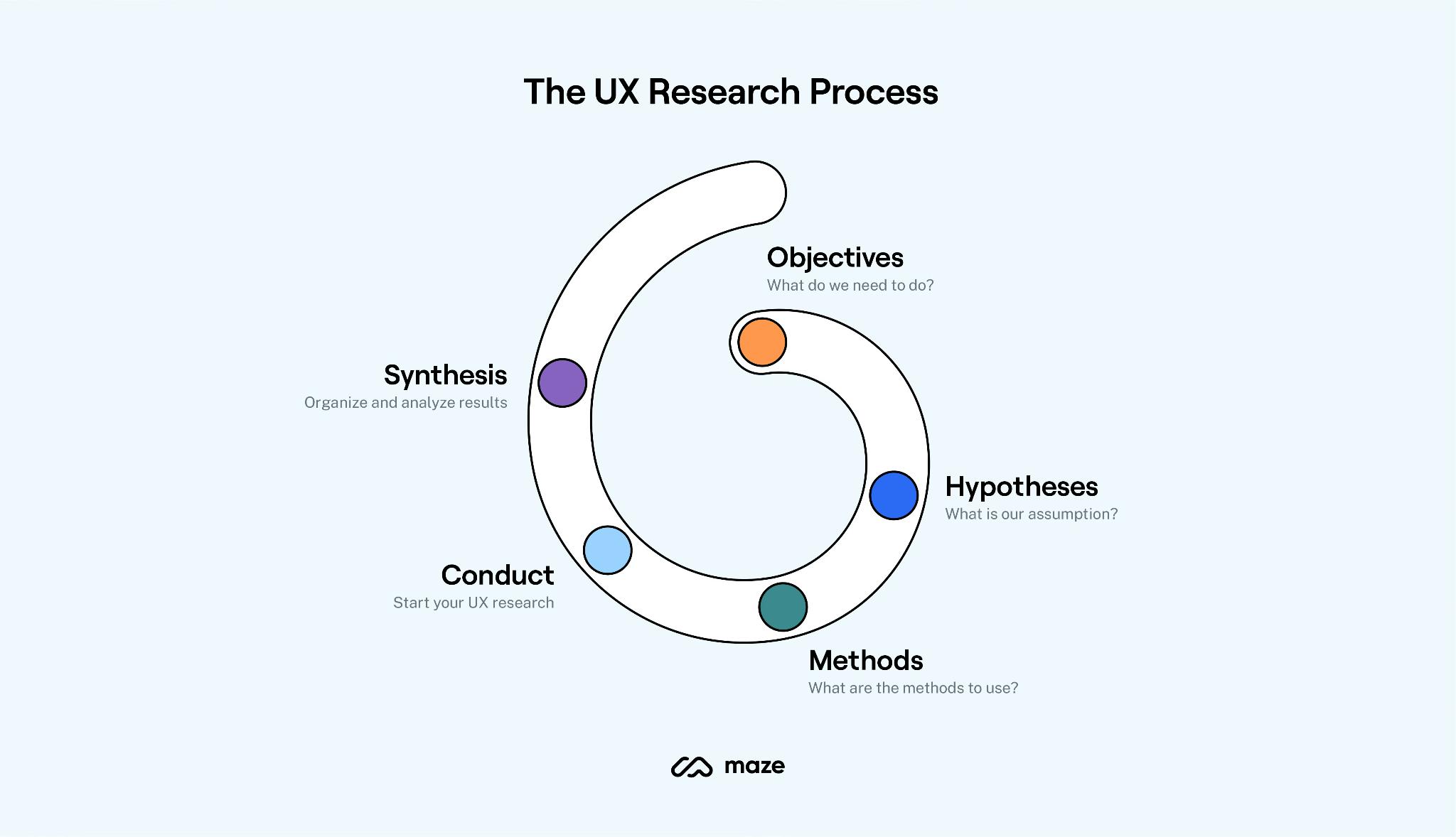
UX Design Research Process
AUX designers should know how to plan and conduct research. Yes, you must be able to uncover information about a target audience’s needs, problems, and preferences, as this will allow you to design products based on users ‘ needs.
For this kind of role, you’ll have to rely on different research strategies such as surveys, interviews, usability testing, etc., to conduct research effectively. Then, analyze the collected to identify patterns that would help in creating a product that suits the needs and preferences of the target users or writing a design brief.
In most companies, when you work as a UX researcher, you work alongside the product team, define and redefine user personas, communicate insights to shape a product strategy on a long-term basis, and lots more.
Create Wireframe & Prototypes
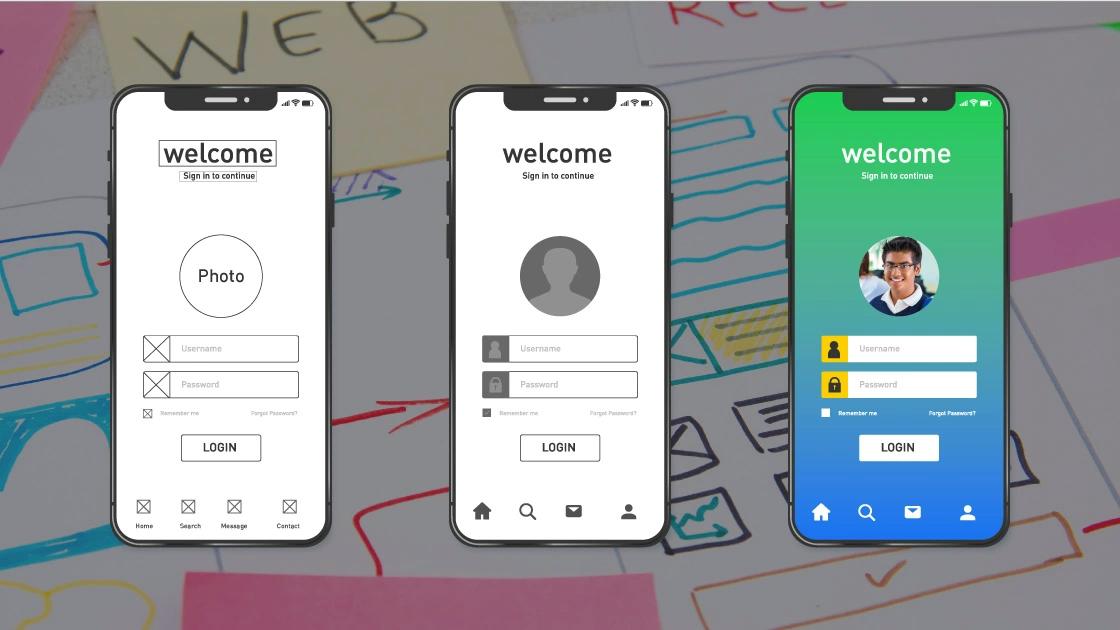
Create Wireframe & Prototypes
Wireframes and prototypes are vital elements in the design process, and UX designers always have a huge role in ensuring they create wireframes and prototypes that define the goal of a digital product and suites the needs and preferences of the target users.
Create User Personas
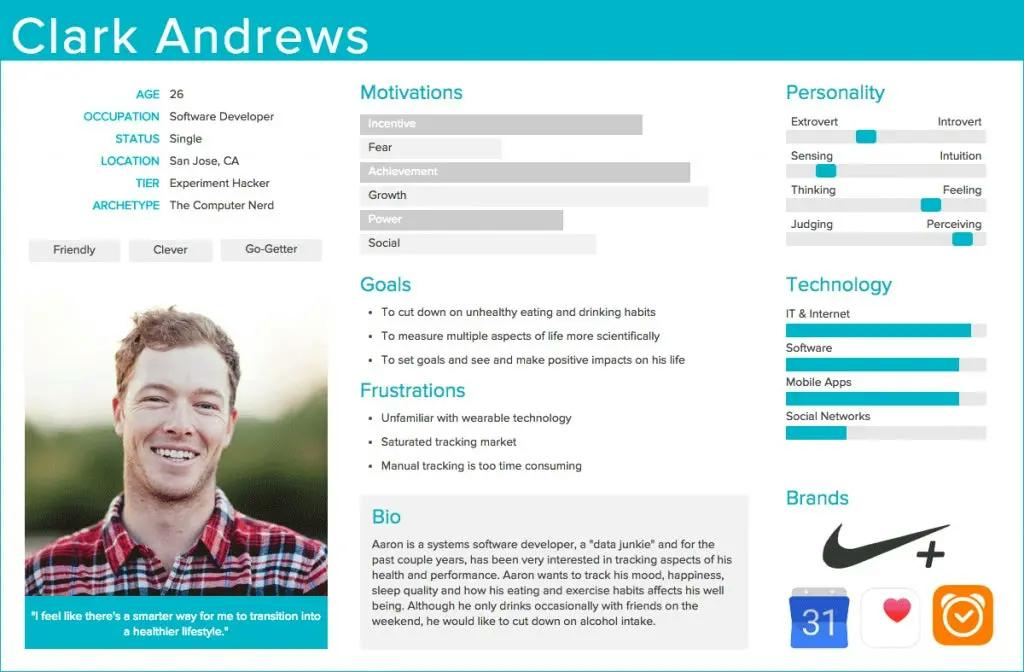
Create User Personas
An example of a persona is the one shown in the image above. It’s usually created to represent target users’ behavior patterns, attitudes, personalities, and other background information.
The role of a UX designer has to create a highly realistic persona that helps the product team understand who they’re designing for. The persona should contain the target user’s motivations, expectations, and concerns.
Perform Competitive Analysis
A UX designer can also perform competitive analysis. Their main objective for this kind of role is to carry out analysis that will help the product team to understand competitors and identify opportunities that can be employed to enhance a digital product’s user experience and the value of the business.
Determine Information Architecture
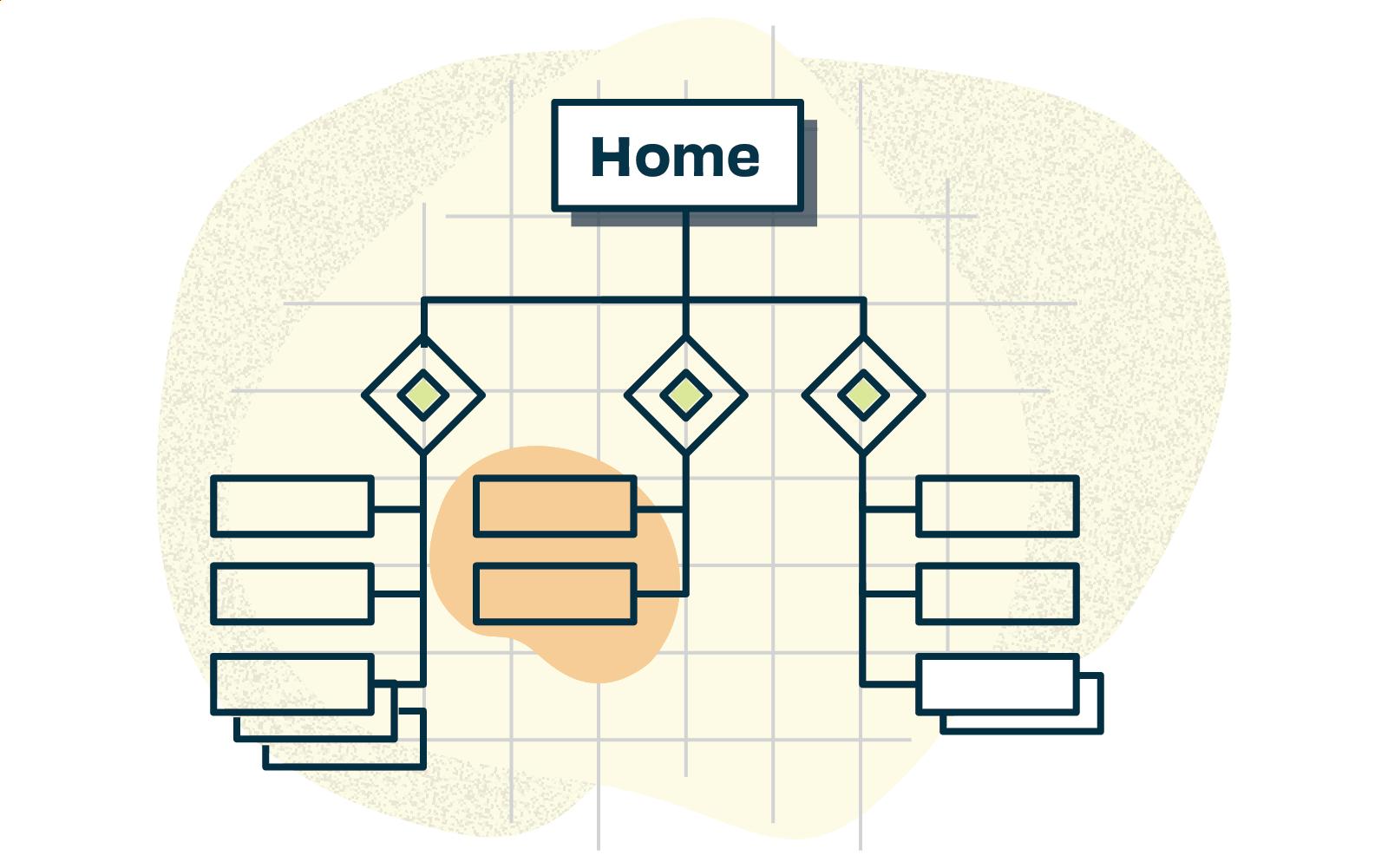
Determine Information Architecture
Another vital role of a UX designer in the design process is to determine information architecture. This involves organizing data and information about a digital product and finding how this information contributes to the positive experience of users while using the product.
In this kind of role, a UX designer is responsible for the overall navigation of the product page or website, ensuring that it’s structured uniquely so that users with any skill level to achieve their objective on the site without any hassle.
Further Reading: Will UX Design Be Replaced by AI >
Final Thought
What does UX stand for? It simply stands for user experience. Although the term is very broad, the article above has explained what it is, its origin, and other important things to help you have a concise understanding.
Nevertheless, if you’re looking to explore the UX design industry, doing more research is advisable as it’ll enable you to discover more aspects.

